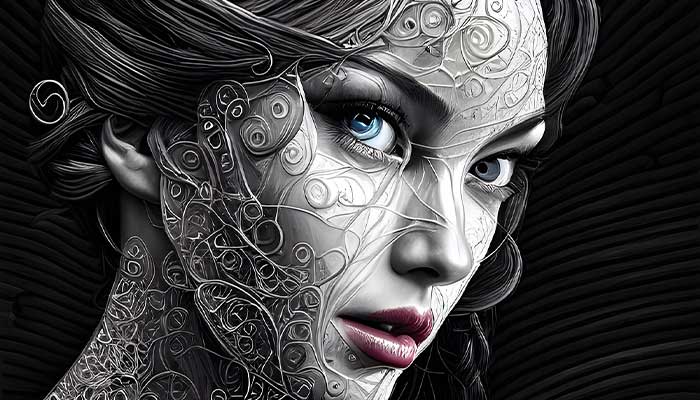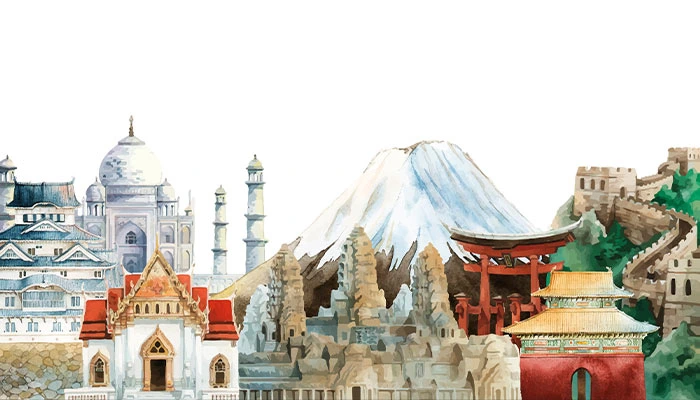What Is Craiyon Ai?
Craiyon Ai Image Generator is a form of artificial intelligence that creates visuals based on text. The user, which is you, submits a text prompt (which is what you want to see), and then Craiyon creates it based on what you specified. Originally referred to as DALL-E Mini, it was designed to be a more compact and lightweight variant of OpenAI’s DALL-E robot.
As you just saw, Craiyon may be accessed via our website, and the vast majority of users choose to do so. Those who want to do more with it than merely generate entertaining memes and images may also get it from GitHub. If you are interested in this option, you can choose it.
Craiyon Ai Image Generator and OpenAI’s DALL-E
In January 2021, OpenAI revealed a previous version of DALL-E, which has impressive capabilities but was constrained in obvious ways. It debuted DALLE-2 in April of this year, and it immediately stunned a small test audience of around 200 researchers with its capacity to make almost photorealistic pictures and emulate artists’ styles. According to OpenAI, more than 1.5 million people worldwide are using DALL-E (re-branded from DALL-E 2) to produce more than 2 million photographs daily. This modification resulted from progressively opening up the platform to more users and introducing a price mechanism in July.
How does the Craiyon system function?

The Craiyon model was first trained using millions of photographs and the descriptions that accompanied them that were taken from the internet. Because of this, it learned how to generate graphics using just a text prompt for input.
The model was not only developed to be able to duplicate the pictures but it was also taught to combine ideas to generate new images based on any prompt for which it had a reference.
The following are some examples of the pictures it can make because of this skill:
The following three steps accomplish this:
An encoder takes a text prompt and converts it into a series of numbers, with each number representing a different word or string. (ex – hedgehog or gazing)
After that, the model compared this new information to the data it had been trained on. If a hedgehog is “seen” in a picture, then that image will be given a number corresponding to the hedgehog.
The model will then create photos based on these connections, and you will be able to see them once a quality filter has processed them.
More specific and in-depth technical information is available via this link.
Related
What Is Midjourney And How To Use Midjourney: Promising Ai Art Generator 2022,
Use Of AI Content Writing Tools: Both Benefits And Drawbacks
The Background Of Craiyon
Boris Dayma made the first suggestion for the AI picture generator during the JAX/Flax Community Week, a type of contest in June 2021 on the Hugging Face forums in partnership with Google Cloud. During the program, the original version of Craiyon was trained for just three days on a single TPUv3-8 given by Google Cloud. This version was referred to as DALLE Mini. Despite the small amount of time spent training it, and its design is 27 times more compact than that of OpenAI’s DALLE, it was substantially effective.
It achieved viral notoriety between the end of May and the beginning of June 2022 and was even included on Know Your Meme. Because this seemed to generate confusion among users of the OpenAI project DALL-E and DALL-E 2, the name was eventually changed to Craiyon at the request of OpenAI.
Who produced Craiyon?
Boris Dayma came up with the idea for Craiyon at the JAX/FLAX Community Week in June 2021. Boris is an engineer specializing in machine learning situated in Houston, Texas. In addition to Craiyon, he is in charge of other initiatives using machine learning, such as HuggingTweets.
Craiyon works; how long?
The generation of photos from the interactive online demo in Craiyon typically takes around two minutes and fifty seconds. The hardware of your machine determines the pace of Craiyon instances that are operated locally on your computer; nevertheless, pictures may be generated in Google Colab in under a minute.
Case studies illustrating the use of the Craiyon
Because crayon humor fits zoomer comedy like a glove, its popularity has skyrocketed recently. Craiyon’s often incoherence and unexpected outcomes, in comparison to those of its more sophisticated peers, actually contribute to the game’s endearing qualities. The capacity of Craiyon to simulate the fever dream that is life on the internet is one of the unique aspects of the work that the company conducts. A depiction almost complete of the human psyche after it has been corrupted by internet communication and an unquenchable need for novel and interesting stimuli.
